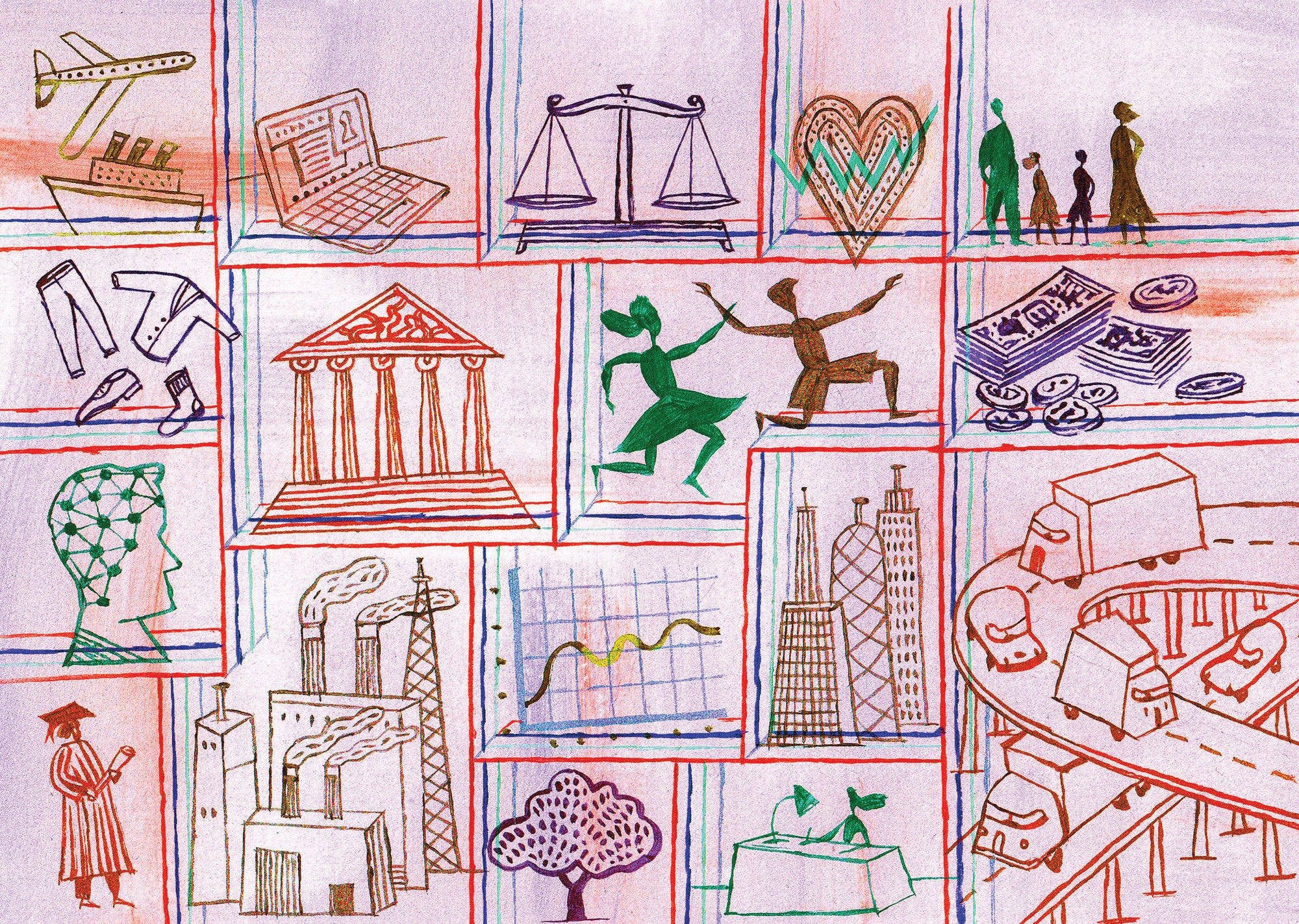Cabinets and legislatures are key players of institutional efforts to promote gender equality and diversity in public life. The laws and policies that create the legislative and regulatory framework for promoting gender equality and for preventing and responding to gender-based discrimination can be initiated, debated and adopted within the legislatures. These laws and policies help shape societal attitudes toward women’s roles, capacities and responsibilities. Given this role, it is important that legislatures themselves serve the needs of women and men as well as manifest the values they seek to promote through legislative processes. However, gender equality in politics is not merely achieving an equal share of seats and positions. A co-ordinated, whole-of-government commitment is crucial, as well as clear and effective mechanisms for translating public policies, services and budgets into concrete benefits for men and women from diverse backgrounds.
In 2019, women’s participation in the lower/single house of parliaments across OECD countries averaged at 30.1% and have ranged between over 45% in Finland, Mexico and Sweden to less than 15% in Hungary and Japan. There is an overall positive trend in women’s participation in the lower/ single house of parliaments in OECD countries marking with an average 3.8 p.p. increase between 2012 and 2019. During this period, Mexico, France and Italy have witnessed a steady and sharp increase (over 10 p.p.) in the number of women elected to the lower/single house of parliaments. In most of the cases, the results can be attributed to changes in the political landscape and initiatives that favoured gender equality. In France, for example, the current governing party’s decision to nominate women for seats in “winnable districts” had a positive impact on the 2017 electoral results, with the highest proportion of women elected that any party ever reached. Ensuring continued balance in women’s representation in political decision-making requires ongoing vigilance. Between 2015 and 2019, the Netherlands, Germany and Slovenia have undergone important setbacks in this regard (-6 p.p., -5.6 p.p., and -12.3 p.p. respectively).
On average across OECD countries, women held one-third of federal/central governments’ ministerial positions in 2019. This marks an increase of over 6 p.p. since 2012. The gender composition of the cabinet can be a strong signal of a government’s commitment to gender equality. An increasing number of OECD countries manifest such political will: Sweden, Canada and France have achieved gender parity in the Cabinet since 2015. Women held nearly 65% of ministerial posts in Spain in 2019, marking a sharp increase of almost 34 p.p. in comparison to 2015. Despite the overall positive trend, several countries have witnessed backslides. Between 2015 and 2019, women’s participation in the cabinet posts in Finland, Lithuania and Slovenia have decreased by 25 p.p., 21 p.p. and 19 p.p., respectively.


